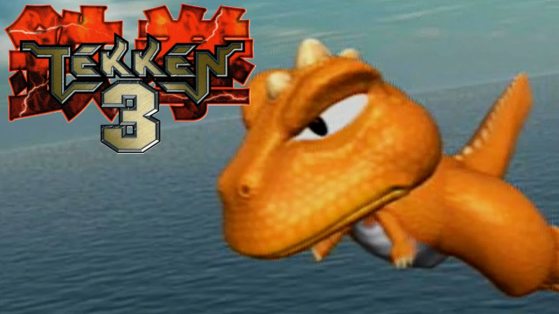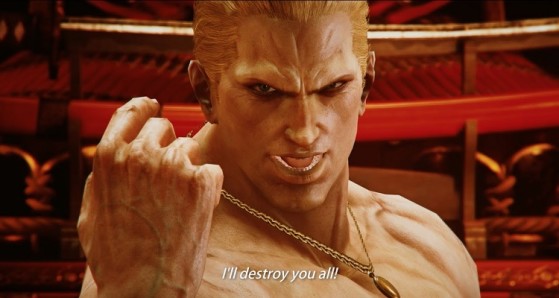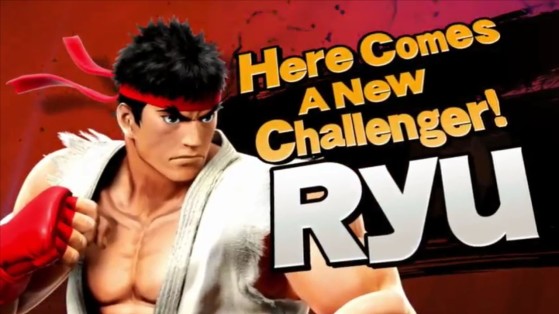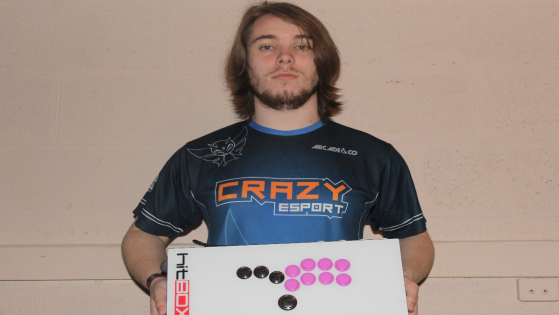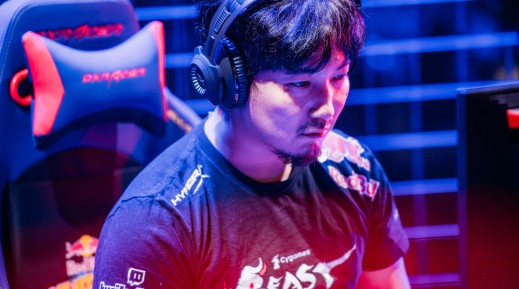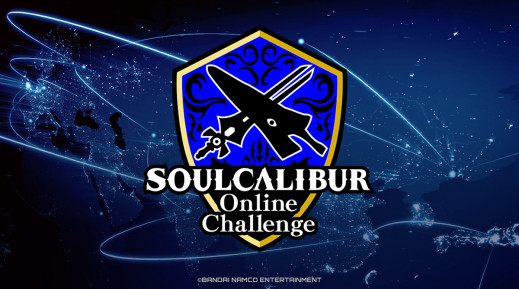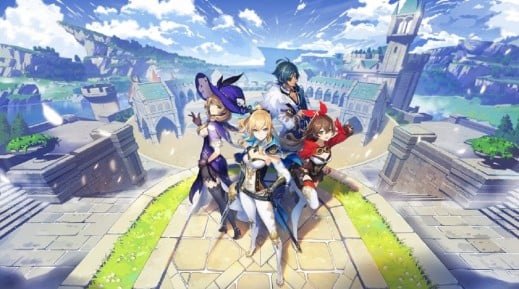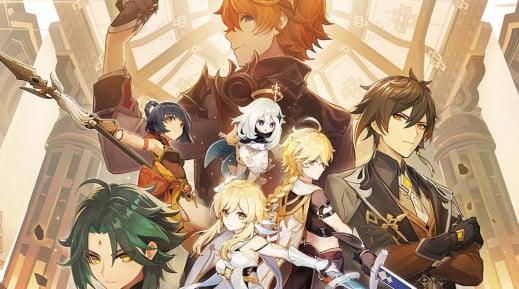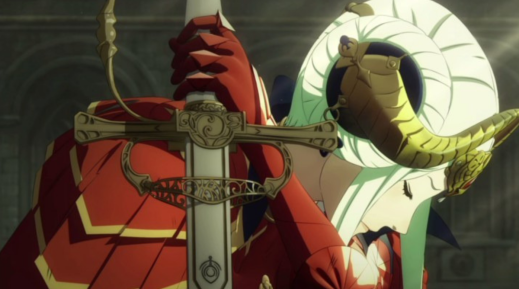Crossovers in fighting games are quite common. The first one remembered by your writer is Tekken 3, with a hidden character from a gagmanga: Gon. The character is then just a funny gimmick: the dinosaur retains its small size, being therefore both difficult to hit (since the attacks middle / high pass above him), which however has a reduced reach , and some incredible abilities (including the ability to fart on your opponent. Not super useful in the game, but very fun to humiliate an opponent). Since this practice has become popular in some licenses, like Soulcalibur whose guest characters could vary depending on the game media, to become sometimes a different game such as Street Fighter X Tekken. The best example in the world could be the Smash licence, which has no original character, just crossovers between different games.
The tweet from Knee wishing the disappearance of the characters invited in other games, may surprise at first sight but we must already recognize that the latter is poorly worded. Knee then specifies that he has no problems with guests in general, but only with those who do not respect the game's rules . His tweet doesn't target characters from another game gender, as it is then quite simple to adapt them to the game they are joining by giving them similar tools to other characters, while retaining the identity specific to each character. So Knee and the rest of a part of the community who approves his tweet, are not targeting characters like Noctis (Final Fantasy) and Negan (The Walking Dead) but rather the hindrances of playing peacefully that are Geese Howard (King of Fighters) and Akuma (Street Fighter).
Indeed a major problem arose in these cases: how to integrate a character from a 2D game into a 3D game while retaining his identity? Tekken 7 was generally seen to have had different issues with this, with two characters too well equipped for the rest of the cast. To use the words of a famous French player, Tekken is a dancing game. The goal is more to turn around your opponent looking for the loophole without getting hit than to actually hit your opponent. But Geese and Akuma, being from 2D do not have this basic mechanic in their kit, and have others like their famous projectiles. It is impossible to play characters completely in 2D in a 3D game, the two fighters are therefore adapted to evolve in 3D (obtaining the possibility of evolving in depth) while maintaining their iconic moves. And there comes what seems to be the biggest problem, the difference in game mechanics. In a 2D game it is not possible to dodge through lateral movement, so players must jump. A large part of the characters then have access to aerial and anti-air moves, in order to evolve in height. Akuma and Geese keep some of them, most notably Akuma's famous Demon Flip, but the original characters fron Tekken license are not equipped to deal with this kind of threat, jumping being quite anecdotal in this license. Akuma and Geese therefore have skills at their disposal that classic fighters cannot respond effectively. So for the player, you have to adapt and play Tekken in a different way against these characters.
Other mechanics like projectiles and bars (Max Mode for Geese / Super for Akuma), invincibility on certain moves, etc., add parameters that the Tekken player must take into account. These guests therefore break the game, because they break free from the unofficial laws of the game, those which govern fights in Tekken. To put it simply, you have to think of the Tekken characters from the license as people coming to a Battle Royal equipped with a knife, while Geese and Akuma have bows. While their weapons are not particularly more destructive than those of other Tekken characters, they must face them in a different way.
Just coming from another fighting game license is not necessarily an advantage allowing you to break a given game. Ryu, Ken and Terry Bogard in Smash Ultimate are the best proof of this. Although retaining the mechanics of their respective games, while being adapted for Smash, the mechanics of the Nintendo license do not benefit them at all. Indeed in Smash the characters react differently to the blows according to the percentages of accumulated damage, and in addition, it is possible to slightly influence the direction of its fall, which make combos which work at certain percentages, drop at others, and even in rare cases, will not return to the same situation because the opponent will have managed to move a few pixels away during his fall. Here there is no max damage combos, and if Ryu / Ken / Terry breaks the opponent's guard, the guest cannot necessarily unleash his entire combo on him, which is the basis in their respective games. While not particularly at a disadvantage, key combinations for releasing certain special moves require additional investment in the game to be fully mastered, without offering significant advantages in return.
It would be straightforward to claim that Nintendo simply balanced their game better than Bandai-Namco, but that would be a shortcut, which would not take into account the specific mechanics of each game, of which Nintendo's favor just less a character from. a 2D game than Tekken's ones. The Street Fighter license does not offer examples of this, because the characters from other games in this license are either characters from the Capcom universe and can therefore simply adapt to Street Fighter, or this are different games who do no feat in official canon, like Street Fighter X Tekken, Capcom vs SNK, or Marvel vs Capcom. Likewise, SNK and Arc System Works licenses generally do not accommodate guests except specific titles (BlazBlue: Cross Tag Battle for example accommodates three different fighting game licenses). Mortal Kombat avoided the problem by adding only non-fighting game license guests (or a license belonging to them such as Injustice with similar mechanics, even if in this case a Mortal Kombat / DC Comics crossover was created before the Injustice license), a bit like Soulcalibur whose only character from a fighting game not owned by Bandai Namco is Haohmaru from Samurai Showdown. Released in March 2020, and given the current situation, it is difficult to objectively say whether this port was successful or not.
Of course, these balancing problems mainly concern players who are very involved in the game, less regular players being ultimately relatively little impacted. Here a part of the community raised an interesting point, because indeed if these guests in the case of Tekken 7 gave balance problems, it is impossible to know how many players were just happy to see these characters integrated in the game, or even discover them through this opus, without worrying about competitive balancing. The same for Smash, information regarding the number of players who invested in Ultimate or who hooked up to the game because there were guests from other fighting game licenses, is not known. However, given that this practice tends to become popular with recent titles, it is not unreasonable to think that it is a good way to attract some players from another license, at least out of simple curiosity.
It would also be very interesting to know in this area, if it is easier for a team of developers to create an original character adapted to a specific universe or to take an already existing character, most of the techniques of which are known, and to adapt it to this same universe.
